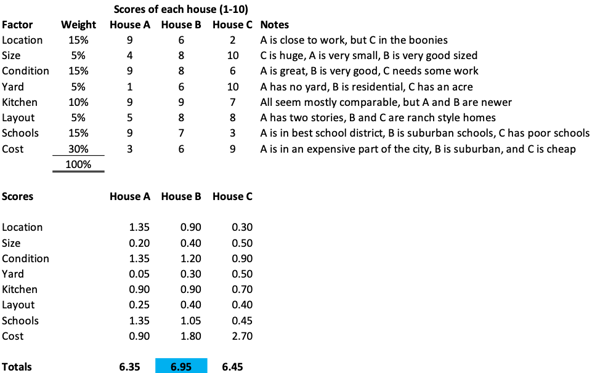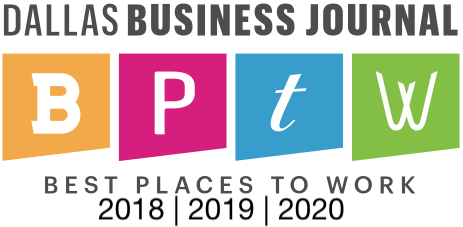
Have you heard of TVGenius?
TVGenius, [tee-vee-jeen-yuhs], noun:
- That unique set of superpowers each one of us has that make us brilliant or amazing. Sometimes this is easy to identify like coding skills or an uncanny encyclopedic knowledge of saved search wildcards, and sometimes more elusive like being able to diffuse a tense interaction merely by your tone of voice.
- That spark or flash of inspiration that pops up unintentionally and inexplicably wows everyone on your project team and beyond and consistently underscores who you are and why you fit in at The Vested Group so well.
- The only accurate answer to: where did he learn that? …how’d she come up with that? …when did you find that? …how did he know that? …how did she do that? It’s that cool thing you do that can’t be learned or taught but just is.
Pretty much every organization you talk to these days will tell you what makes them different is their people. While most probably say this with the utmost sincerity – as do we! Our employees are what makes the difference at The Vested Group and we want to show off their NetSuite superpowers...
Let's start off with something from our Senior Manager, John Keel...
The Case for a Great Evaluation Process
During my time as a consultant, I’ve witnessed many kinds of decision making by business leaders across a broad array of industries and professions. In almost every case, decisions are made using intuition and information that is top-of-mind when the decisions were made.
While this simple, intuitive approach can work well, especially in the case of a professional with extensive experience in a particular field, it all too often leads to decisions that are made without careful consideration of the pros and cons and the relative weights of those pros and cons. The limitations of this approach often come to light when a particularly important and complex decision needs to be made.
When a manager is confronted with a decision that requires weighing multiple factors from multiple sources, the decision can seem downright daunting and intractable. I’ve seen cases of almost gridlock where a manager is being lobbied by several parties (internal and external), each of whom has their own perspective and intuitive idea of pros and cons and their relative importance to the overall decision being made.
As a consultant, I try to help managers make better decisions by using simple tools that help them more fully explore the problem and weigh all the factors. One of the simpler tools I often suggest is a Subjective Linear Model.
What is a Subjective Linear Model Anyway?
While the name of this tool seems a bit lofty, the tool itself is really quite simple and involves nothing more than a systematic way to evaluate data that is already available. The usefulness of this model derives from its ability to overcome two fundamental challenges that every manager faces:
- The decision maker’s random inconsistencies, which are natural extensions of being (understandably) human
- The decision maker’s inability to process large quantities of information at the same time
Since none of us are supercomputers and we all have natural biases that can come and go depending on many human factors such as mood, fatigue, distraction, etc., this approach allows for a more systematic way to evaluate decisions without the typical ‘noise’ of random thoughts and other distractions that can inhibit the decision-making process.
The Steps to Data Evaluation:
Subjective Linear Modeling goes something like this: List all the factors (pros and cons) that you can think of that should be considered. Then assign a weight to those factors based on your subjective understanding of the problem at hand. Finally, assign a value to each of the factors for each of possible decisions that you have to make.
The model then multiplies the scores by the weights to come up with a ‘score’, which can then be added together to determine which Option is most suitable based on your analysis. Once you’ve done this, you’ll have a quantifiable metric to evaluate your options for this decision. Below is a simple example of how this might work:
Decision to be made: Which of three houses should we buy for our new home?

As you can see, House B shows to be the best decision. When all factors are considered for each house and weighted based on your subjective understanding of the importance of those factors, we now have a quantitative metric to use to help guide us in our decision-making process. It’s important to note that this tool is not necessarily meant to force a decision based on the specific outcome. A usual outcome of the first draft of the model is to rethink the weights of those factors and the values associated with them for each decision. For example, the first look might drive questions like:
- Is cost really that important to us?
- Do we really think House A’s location is that ideal?
- Do we think the choice of schools should be weighted heavier since our kids will be there for the long-term?
Wrapping it Up
The most important outcome of subjective linear modeling is seeing all your thoughts laid out, forcing the decision maker to assign values to and weigh each of the factors that go into decisions. This tool, like any other, should be used in conjunction with other tools to help decision makers think about problems in a more systematic way.
While this approach seems simple in principle, it can significantly improve anyone’s evaluation of complex problems. It’s easy to do, and I’ve used it for many important decisions, both professionally and personally. Give it a try the next time you’re struggling with a decision— I think you’ll find it adds clarity to the process and ultimately leads to to better decisions.
Special thanks to Professor Richard H. Thaler, Professor of Behavioral Science and Economics at the University of Chicago Booth School of Business. Professor Thaler entertainingly conveyed this and many other useful tools. You can follow him on Twitter @R_Thaler.
Also, if you’d like to learn more about this and other decision-making tools and cognitive inhibitors to effective decision making, please read “Decision Traps – The Ten Barriers to Brilliant Decision-Making and How to Overcome Them” by J. Edward Russo and Paul J.H. Schoemaker. I’ve had this book in my library since my days at Booth in 2000, and it’s more weathered than any other.
This blog was written by John Keel, a Senior Manager at The Vested Group.





